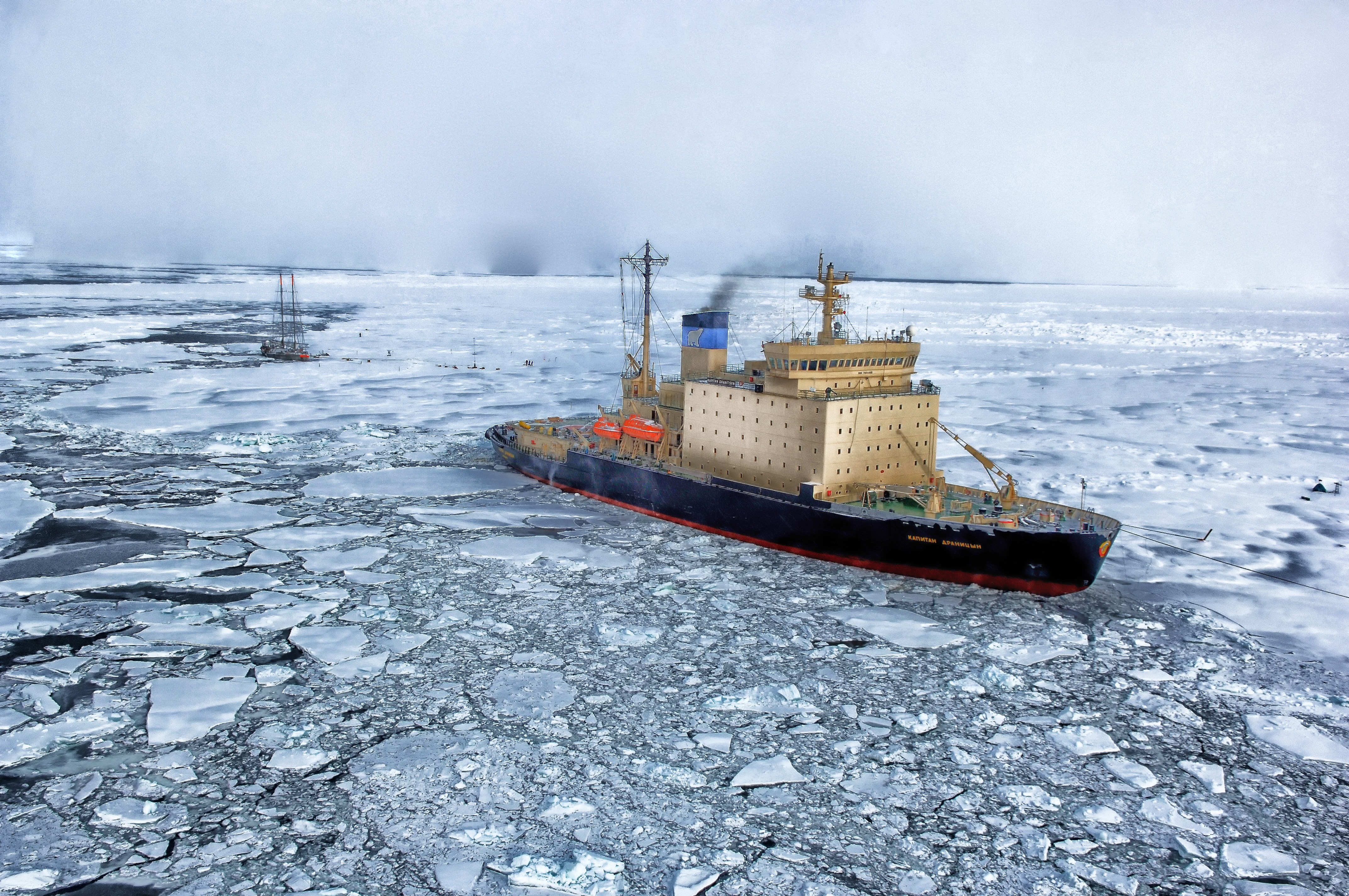Decreasing Arctic sea ice makes way for shipping and unchecked pollution

Donate Now!
Your contribution will benefit Friends of the Earth.
Stay Informed
Thanks for your interest in Friends of the Earth. You can find information about us and get in touch the following ways:
May 2014 marked the third lowest May Arctic sea ice extent on satellite record, totaling 4.93 million square miles. The sea ice remains 235,500 square miles below the 1981-2010 average.
According to the fifth IPCC report on climate change, by 2050 there may be as many as 125 days during the summer of sea ice-free conditions in the Arctic. This would allow for reliable shipping passage through previously inaccessible areas and a quicker connection between the Pacific and Atlantic for transportation of goods. Currently, there are only 50 days per year of navigable conditions across the Arctic Ocean. As these northern passages are used more heavily, many downsides of increased shipping in the region arise, including disruption to the fragile marine ecosystems by the introduction of pollutants such as oils, sewage and trash.
If Arctic shipping is not conducted in a regulated and cautious manner, the damage to Arctic environments could be severe. Sewage, graywater, ballast water, and oily bilge water from vessels can contain toxic pollutants and invasive species that could destroy the Arctic ecosystem. Any potential oil spill would become increasingly more difficult to clean up if the oil were to become trapped under sea ice.
Even without the high traffic expected as the Arctic passages open, a recent study found that Arctic sea ice already contains millions of pieces of microplastics (microscopic pieces of plastic) that have migrated from more populous southern regions. As the sea ice melts at faster rates, these tiny plastics from products like cosmetics and dryer sheets are reintroduced into the marine environment.
Friends of the Earth has been working with the international maritime community to develop a comprehensive suite of mandatory measures for Arctic waters known as the Polar Code. The Polar Code strives to ensure that passage and shipping lanes through newly opened areas of the Arctic Ocean are implemented safely and with minimal impact to the marine environment. Moving forward, Friends of the Earth will continue to advocate for strong environmental protections in the Polar Regions so that the shipping industry does not have a negative impact on the Arctic Ocean ecosystem.
Photo courtesy of tpsdave.
